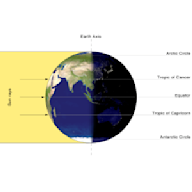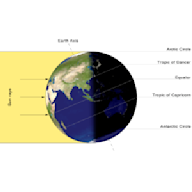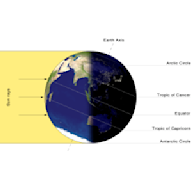Search results
Learn about the September equinox, when the Sun crosses the celestial equator from north to south, and the reasons for the date variations. Find out how the equinox affects day and night length, seasons, and the calendar around the world.
Learn about the astronomical event of the Sun crossing the celestial equator southward, marking the start of autumn in the Northern Hemisphere and spring in the Southern Hemisphere. Find out the dates and times of the September equinoxes from 2018 to 2028, and the cultural and historical significance of this day.
Sep 22, 2024 · Learn about the seasonal milestone of the September equinox, when the sun crosses the celestial equator and days and nights are approximately equal worldwide. Find out how to observe the equinox, its signs in nature, and the planets and stars near Fomalhaut.
In the Northern Hemisphere, it's the September equinox; south of the equator, it is the equinox in March. What is an equinox? Equinoxes and solstices in your city. Autumn Equinox, Northern Hemisphere (September) North America, Europe, most of Asia, Northern Africa.
In the Northern Hemisphere, the March equinox is called the vernal or spring equinox while the September equinox is called the autumnal or fall equinox. In the Southern Hemisphere, the reverse is true. During the year, equinoxes alternate with solstices. Leap years and other factors cause the dates of both events to vary slightly. [12]
Sep 18, 2017 · Learn about the fall equinox, which marks the first day of fall in the Northern Hemisphere and the first day of spring in the Southern Hemisphere. Discover the history, customs and traditions of this ancient celebration across cultures and time zones.
Sep 4, 2024 · Key Points. Definition and Occurrence: An equinox occurs twice a year, around March 20 and September 23, when the Earth’s equator passes directly under the Sun. Day and Night Length: While day and night are very nearly equal, daytime is slightly longer than nighttime at the equinox.





